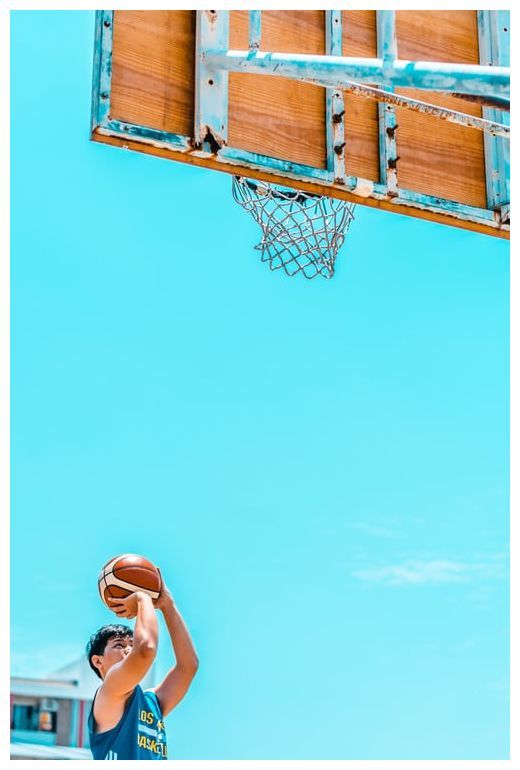Home »
Misc »
How long are youth basketball games
How long are youth basketball games
How Long Is A Basketball Game? (All Levels Answered)
Whether you’re an excited fan ready to go see your favorite team or a concerned parent worried that you may not be able to make it to your kids basketball game...
You’re probably wondering, "exactly how long is a basketball game?"
In this post we’ll go over the average length of a game in all the different levels of basketball, including the youth leagues, high school, college, FIBA and finally the NBA.
Let’s jump right into it!
Table of Contents
How Long is a Youth Basketball Game?
How Long is a High School Basketball Game?
How Long is a College Basketball Game?
How Long is an NBA Game?
How Long is a WNBA Game?
How Long is a FIBA Game?
How Long is a Youth Basketball Game?
Youth basketball leagues around the world run their games slightly differently from one another.![]()
The most common game length is four 8-minute quarters.
While that may seem like a large amount of time for young basketball players, most leagues run the clock continuously, with the only stoppage being from timeouts and the end of the quarter.
There’s also a quick five-minute break after the second quarter for half time.
How Long is a High School Basketball Game?
Surprisingly enough, high school basketball games are pretty similar to youth games.
They have four quarters that are all 8-minutes long, with the total game time lasting approximately 1.5 hours.
(Junior varsity games tend to be a little different than that. They are still four quarters, but each quarter consists of only six minutes instead of eight which ends up making games about twenty minutes quicker.)
High school coaches are given 5 timeouts... 3x full timeouts and 2x 30-second timeouts.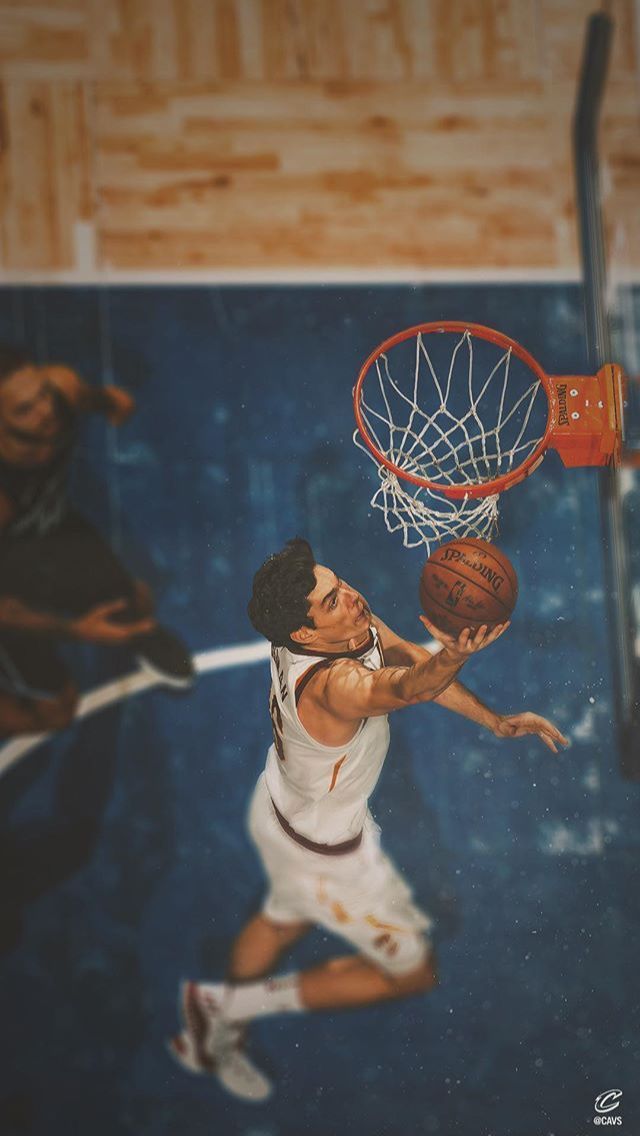
The actual length of the game varies depending on how close the score is, the number of fouls called, and how many timeouts were used.
Most high schools also have the mercy rule implemented, which turns the standard game clock into a constant running clock if one team jumps out to a large lead.
There are some states that keep the mercy rule at around 30 points while others have it higher.
If the mercy rule gets activated and the running clock starts, the game is going to finish much quicker than if the clock stopped often throughout the game.
How Long is a College Basketball Game?
The NCAA sets college basketball games at 40 minutes for both the men’s and women’s leagues.
Women’s NCAA basketball games are broken down into 4x 10-minute quarters and games often last around 2 hours in total time.
Men’s NCAA basketball games are broken down into 2x 20-minute halves and often last between 2 and 2.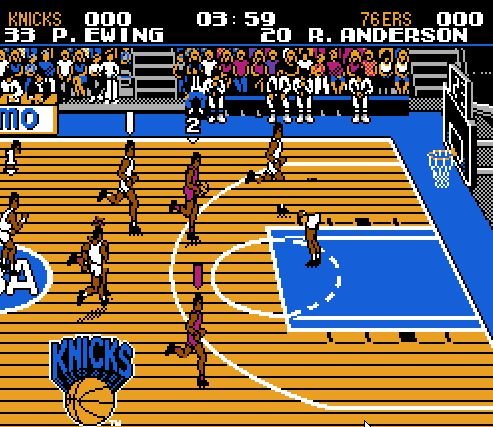 5 hours total.
5 hours total.
The main reason for the increased overall time from men’s to women’s is that halves give the teams more time to rack up fouls and put the opposing team in the bonus.
Free throws are intuitively time-consuming as the game clock is stopped and can sometimes drastically extend the length of the game.
When halves are played, there’s more time for a team to reach the 7-foul threshold, making for a slower end to each half.
The NCAA has a :30-second shot clock and has recently implemented video replay which can extend the time due to how long the replay takes.
How Long is an NBA Game?
Now we’re up to the professional leagues...
NBA games have 4x 12-minute quarters totaling 48-minutes, with 5-minute overtimes if needed.
The entire event can take between 2 - 3 hours.
The length of any single contest can be impacted by numerous factors, such as pace of play, total fouls called, in-game reviews, timeouts, and the potential of overtime.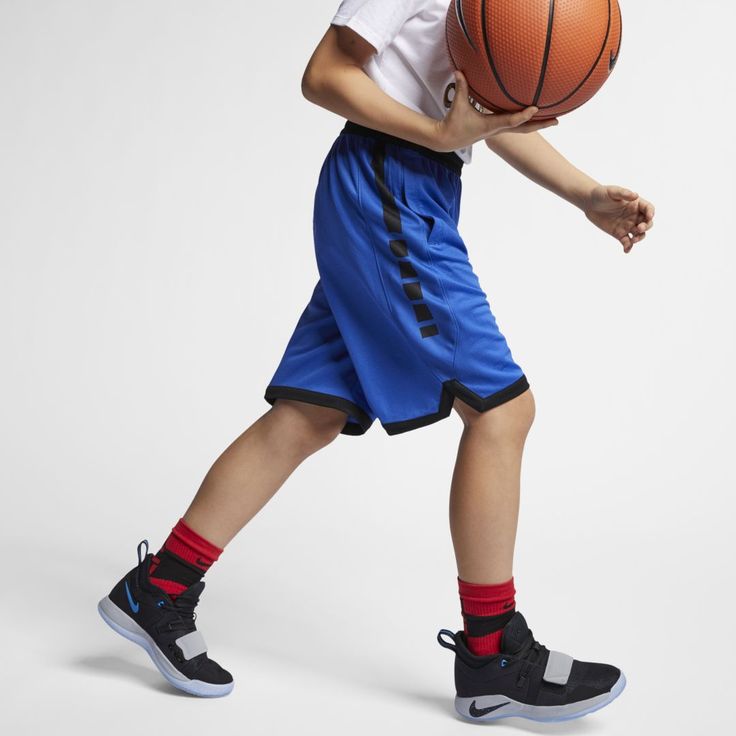
Due to the NBA’s popularity, media drives some aspects of the game, meaning a longer half-time (15-minutes), and additional media timeouts.
Each team is given a total of 7 timeouts, each 1:15-seconds in length, to use throughout the game, which definitely adds to the overall length of the game.
In recent years, the addition of video replay has also had a huge impact on the length of the game, especially the last couple of minutes.
Fun Fact: The longest NBA game ever was played on January 6th, 1951 as the Indianapolis Olympians beat Rochester Royals. This game went an incredible 6 overtimes with a total of 78-minutes of actual game time played. Surprisingly, the total score of the game was only 75-73, what a different NBA it was in 1951.
How Long is a WNBA Game?
WNBA games have 4x 10-minute quarters totaling 40-minutes, with 5-minute overtimes if needed.
Besides the length of the quarters, the WNBA and NBA have many similarities in their rule structure, especially in the length of games.
The shot clock in the WNBA is also set at 24-seconds and halftime is 15-minutes as well.
WNBA games take around 2-hours to complete given the shortened quarter length.
How Long is a FIBA Game?
Similar to the WNBA...
FIBA games have 4x 10-minute quarters totaling 40-minutes, with 5-minute overtimes if needed.
As it pertains to real time, these games usually take about two hours to finish up.
They do have a standard 24-second shot clock to keep the game moving at all times along with a halftime break of 15-minutes between the second and third quarters of action.
They are only allowed five timeouts throughout the game, a little less compared to other leagues around the world which contributes to the quicker games.
ConclusionAs you can see, many variables play a role in determining the length of a basketball game.
Youth players might just spend a total of 32-minutes on the court (with a continuous clock), while the NBA stretches the time all the way out to 48-minutes per game.
Those wondering, "how long is a basketball game?" now have their question answered!
Youth Guidelines – Rules and Standards
Youth Guidelines – Rules and Standards
Jump to: Rules & Standards || Equipment & Court Specifications || Game Structure || Game Tactics || Highlighted Game Play Rules || Full Recommendation by Age Segment
ABOUT
Basketball is a great game that is played by millions of young people in the United States and around the world. Playing basketball fosters the development of peer relationships, self-esteem, leadership qualities, and physical health.
To date, however, the sport of basketball has lacked guidelines around health and wellness and consistent game play standards. To help foster player health, age- and stage-appropriate skill development, and a positive and enjoyable on-court experience for young people, the NBA and USA Basketball have developed a set of rules and standards to enhance the playing experience for young athletes.
To help foster player health, age- and stage-appropriate skill development, and a positive and enjoyable on-court experience for young people, the NBA and USA Basketball have developed a set of rules and standards to enhance the playing experience for young athletes.
These guidelines aim to combat the overemphasis on early competitive success and the lack of a clear development pathway through the sport – two issues that exist across youth sports, including basketball.
The NBA and USA Basketball are committed to helping shape a youth basketball environment that prioritizes the health and well-being of young athletes and promotes their enjoyment and development in the game.
RULES & STANDARDS
Basketball is played in countless settings and locations across the U.S. – and though the game remains fundamentally the same, there are many variables that can impact a young player’s experience. USA Basketball and the NBA want all players to enjoy the game and have a fun, developmentally appropriate experience.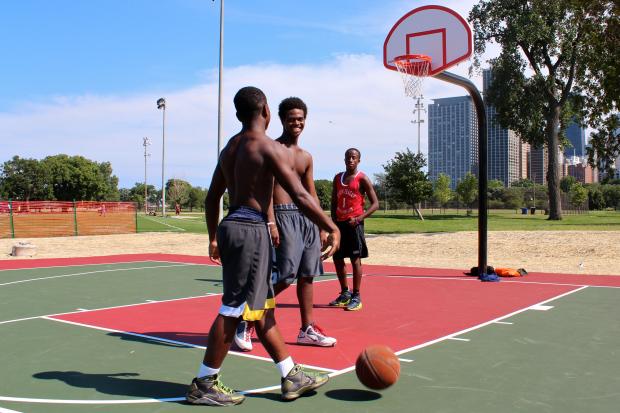
Parents and coaches frequently ask certain questions, especially when their kids are young:
- How high should we set the basket?
- What size ball should we use?
- Should we play zone defense?
These are important questions, and we understand that playing with the correct equipment and establishing age-appropriate rules significantly impacts the experience for youth as they learn the game. Therefore, the NBA and USA Basketball have established detailed guidelines to help young players develop at a natural pace that is suitable to their age and physiological abilities.
Rules and Standards Elements
USA Basketball and the NBA have worked closely with an expert working group on Playing Standards to develop age- and stage-appropriate rules and standards for youth basketball. Aligning with the Player Segmentation Model, these guidelines will help young players appropriately learn the fundamentals of the game, achieve and maintain early success, and provide enhanced long-term development.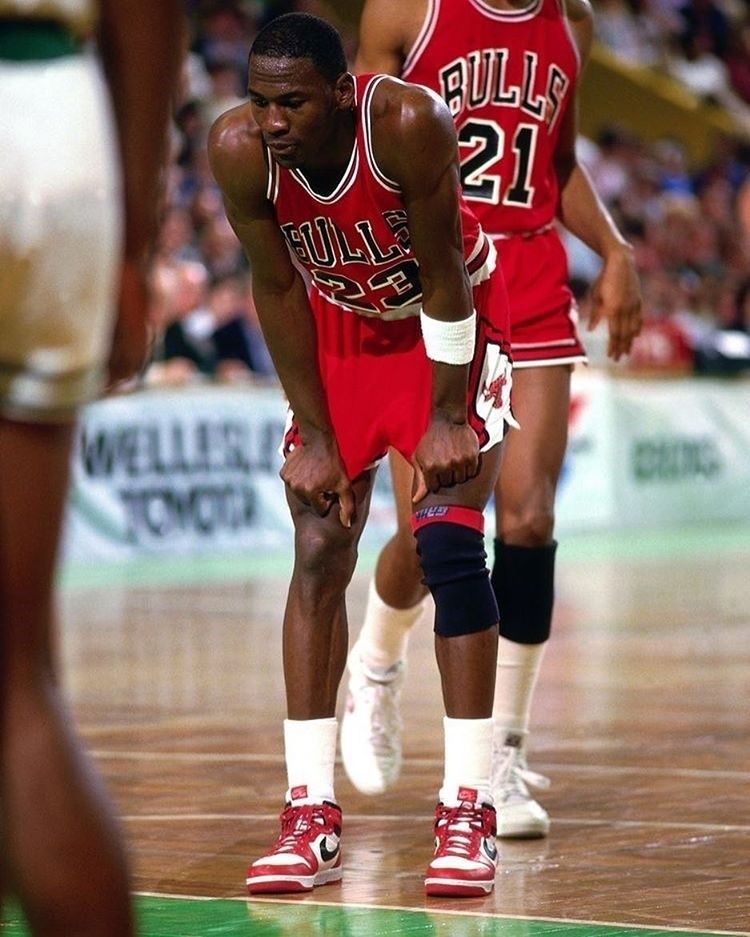
The rules and standards address four key areas:
- Equipment & Court Specifications (e.g., proper height of the basket, size of the ball, and court dimensions and lines).
- Game Structure (e.g., length of the game, scoring and timeouts).
- Game Tactics (e.g., equal playing time, player-to-player vs. zone defense, pressing vs. no pressing).
- Game Play Rules (e.g., use of a shot clock, substitutions, clock stoppage).
Rules and Standards Charts
See below for detailed rules and standards information. Please keep in mind:
- The playing rules and standards below are to serve as guidelines and recommendations for those administering basketball competitions.
- USA Basketball and the NBA have adopted FIBA (International Basketball Federation) rules for the grades 9-12 age- segment and created progressive sets of rules and standards for younger age segments (ages 14 and under).
 Where a specific rule or standard is not explicitly indicated, the recommendation is to follow official FIBA rules.
Where a specific rule or standard is not explicitly indicated, the recommendation is to follow official FIBA rules. - USA Basketball and the NBA will utilize these playing rules and standards in all events and competitions they may host.
*We understand that organizations and facilities may not always be able to accommodate all recommendations and that modifications will need to be made in certain instances due to practical limitations (e.g., inability to raise or lower the height of a basket, re-draw court lines, or not having a shot clock).
Back to top.
EQUIPMENT AND COURT SPECIFICATIONS
| Playing Segment | Size of Ball | Height of Basket | Size of Court | Distance of 3-Point Arc | Distance of Free-Throw Line |
| Ages 7-8 | Boys and Girls size 5 (27. 5”) 5”) | 8’ | 50’x42’ | Not applicable | 14’ |
| Ages 9-11 | Boys and Girls size 6 (28.5”) | 9’ | 74’x50’ | Not applicable | 14’ |
| Ages 12-14 | Girls size 6 (28.5”) Boys size 7 (29.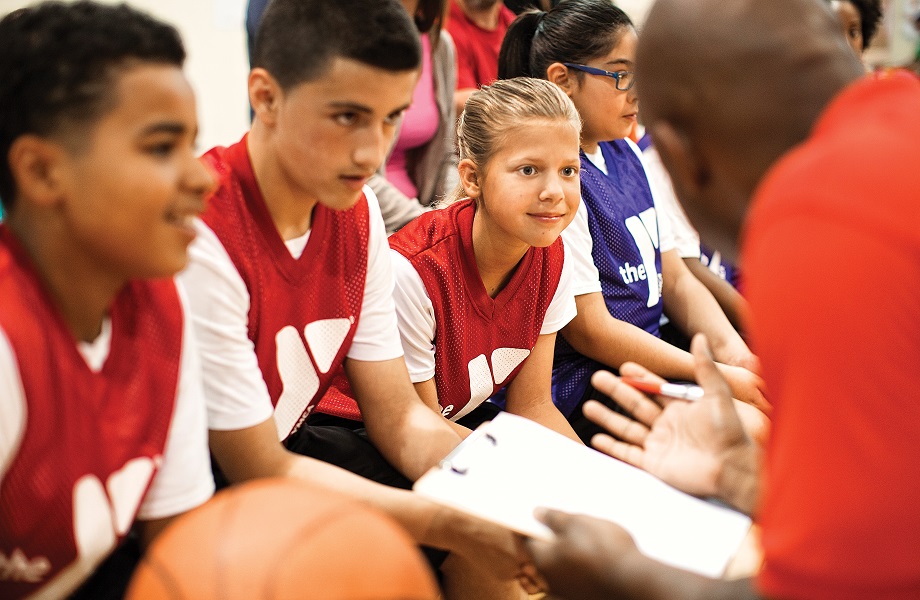 5”) 5”) | 10’ | 84’x50’ or 94’x50’ | 19’9” | 15’ |
| Grades 9-12 | Girls size 6 (28.5”) Boys size 7 (29.5”) | 10’ | 94’x50’ | 22’2” or the next available line under 22’2” | 15’ |
Note: 3-on-3 half-court play is also recommended for young players to foster enhanced participation and development.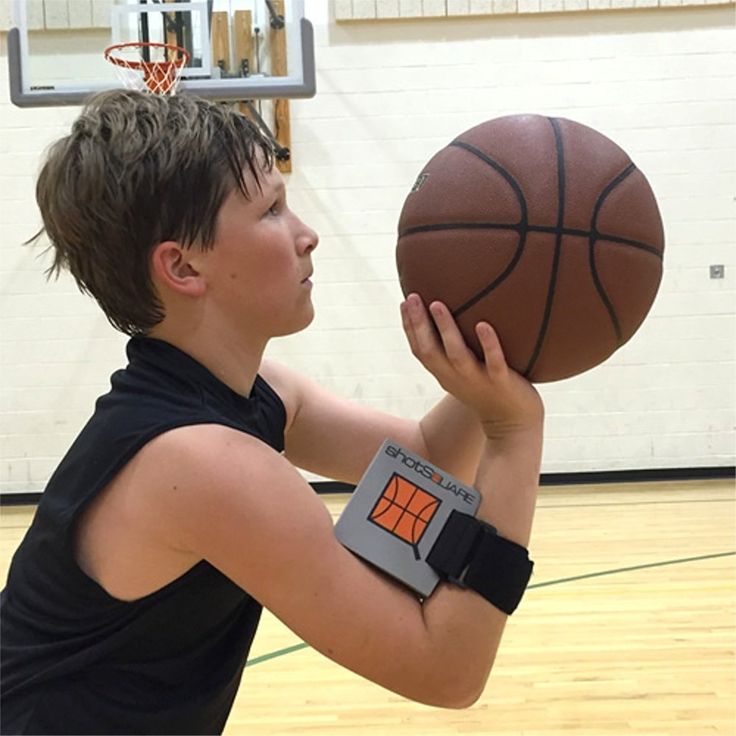
RATIONALE Distance of 3-Point Arc: For 7-8 and 9-11 year-olds, although the 3-point arc may exist on the floor, all baskets made beyond this arc only count as two points. Therefore, the distance of the line is not applicable for these age segments. Eliminating the 3-point basket at these age segments will encourage players to shoot from within a developmentally-appropriate range. For 9th-12th graders, a 22’2” arc is preferred, but if this line is not on a court the next available line under 22’2” is recommended.
Distance of Free-Throw Line: 7-8 and 9-11 year-olds should take free throws 14 feet from the basket to develop proper form and increase success.
Height of Basket: Utilizing a lower basket height for 7-8 and 9-11 year-olds allows children to develop proper shooting form and increases the opportunity for shooting success.
Scoring: All field goals for 7-8 and 9-11 year-olds are worth two points to encourage children to shoot within a developmentally-appropriate range.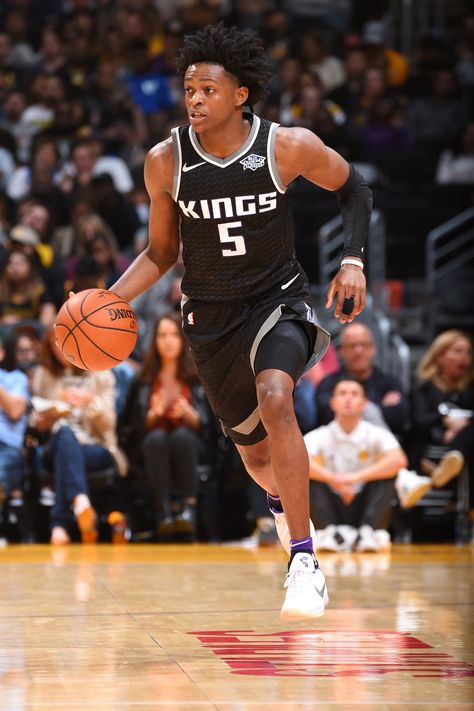 This allows for proper mechanics and form. While these age segments may attempt a shot behind the 3-point arc, any field goal made behind the arc will only count as two points.
This allows for proper mechanics and form. While these age segments may attempt a shot behind the 3-point arc, any field goal made behind the arc will only count as two points.
Size of Ball: A smaller basketball for the younger age segments is advised due to the size of a child’s hand as well as their developing skill level. A smaller ball allows for better control and success.
Size of Court: For 7-8 year-olds, a 50’x 42’ court is contemplated to be a cross-court game on a full-sized basketball court. This dimension is more appropriate for younger children based on their relative size in space.
Back to top.
GAME STRUCTURE
| Playing Segment | Game Length | Time Between Periods | Extra Period(s) | Scoring | Timeouts | Start of Game Possession |
| Ages 7-8 | Four 8-minute periods | 1 minute | 2 minutes | Free throw: 1 point All field goals: 2 points No 3-point field goals | - Two 60-second timeouts permitted in the first half of play.
 Two 60-second timeouts permitted in the second half of play Two 60-second timeouts permitted in the second half of play - One 60-second timeout granted for each extra period
- Unused timeouts may not carry over to the next half or into extra periods
| Coin flip. Team awarded possession starts with throw-in at half court |
| Ages 9-11 | Four 8-minute periods | 1 minute | 2 minutes | Free throw: 1 point All field goals: 2 points No 3-point field goals | - Two 60-second timeouts permitted in the first half of play.
 Two 60-second timeouts permitted in the second half of play Two 60-second timeouts permitted in the second half of play - One 60-second timeout granted for each extra period
- Unused timeouts may not carry over to the next half or into extra periods
| Coin flip. Team awarded possession starts with throw-in at half court |
| Ages 12-14 | Four 8-minute periods | 1 minute | 4 minutes | Free throw: 1 point All field goals: 2 points Field goal outside of 3-point arc: 3 points | - Two 60-second timeouts permitted in the first half of play.
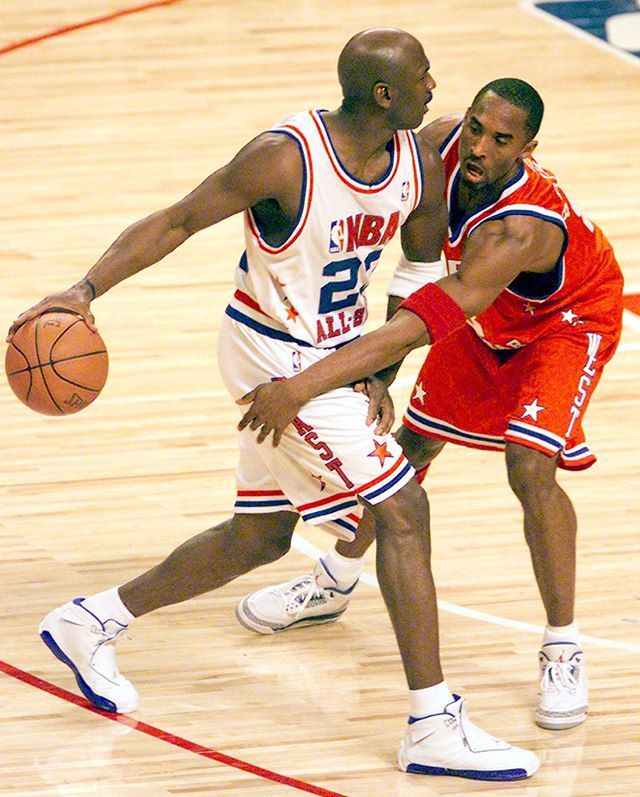 Three 60-second timeouts permitted in the second half of play Three 60-second timeouts permitted in the second half of play - Maximum of 2 timeouts permitted in the final 2 minutes of the fourth period
- One 60-second timeout granted for each extra period
- Unused timeouts may not carry over to the next half or into extra periods
| Jump ball |
| Grades 9-12 | Four 10-minute periods | 2 minutes | 5 minutes | Free throw: 1 point All field goals: 2 points Field goal outside of 3-point arc: 3 points | - Two 60-second timeouts permitted in the first half of play.
 Three 60-second timeouts permitted in the second half of play Three 60-second timeouts permitted in the second half of play - Maximum of 2 timeouts permitted in the final 2 minutes of the fourth period
- One 60-second timeout granted for each extra period
- Unused timeouts may not carry over to the next half or into extra periods
| Jump ball |
RATIONALE Start of Game Possession: For 7-8 and 9-11 year-olds, a coin flip will determine the team that will start with the ball to mitigate significant differences in height and coordination among children. Alternating possession rules will then ensue throughout the game.
Timeouts: Managing the way timeouts are called allows for better game flow and decision-making by the player(s).
Back to top.
GAME TACTICS
| Playing Segment | Playing Time | Set Defense | Pressing Defense | Double-Team/Crowding | Stealing from the Dribbler |
| Ages 7-8 | Equal playing time | Only player-to-player defense throughout the competition | Pressing is not allowed throughout the competition | Double-team/crowding is not allowed throughout the competition | Stealing from a dribbler is not allowed throughout the competition |
| Ages 9-11 | Equal playing time in periods 1-3. Coaches discretion in the fourth period and each extra period Coaches discretion in the fourth period and each extra period | Only player-to-player defense throughout the competition | Player-to-player defense may be extended full court in the fourth period and each extra period Leading team may not extend the defense over half court when leading by 25 points or more | Double-team/crowding is not allowed throughout the competition | Coaches discretion throughout the competition |
| Ages 12-14 | Coaches discretion throughout the competition | All allowed throughout the competition at coaches discretion | Pressing allowed throughout the competition Leading team may not press when leading by 25 points or more | Allowed throughout the competition at coaches discretion | Coaches discretion throughout the competition |
| Grades 9-12 | Coaches discretion throughout the competition | All allowed throughout the competition at coaches discretion | Pressing allowed throughout the competition | Allowed throughout the competition at coaches discretion | Coaches discretion throughout the competition |
Definitions:
- Player-to-Player Defense –
- Each player is responsible for guarding and moving with one offensive player.
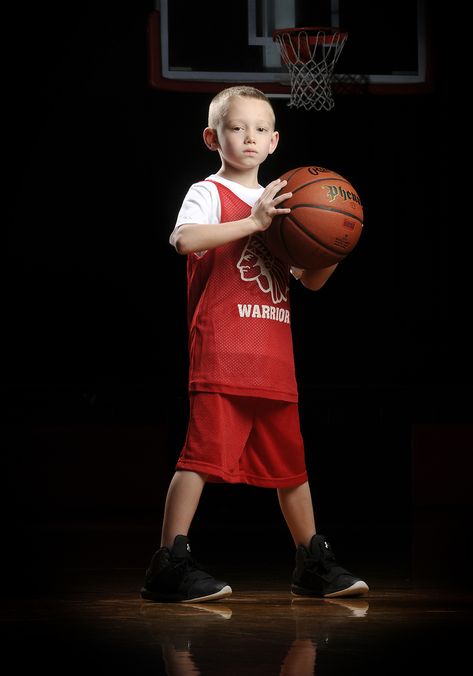 This requires the defensive player to move according to the offensive player’s movements with or without the ball.
This requires the defensive player to move according to the offensive player’s movements with or without the ball. - The defensive player must stay on the same side of the court as the offensive player, divided by the rim line.
- If an offensive player with the ball advances past their defensive player, another defender may rotate to guard that offensive player.
- Pressing Defense – Defensive guarding, either on or off the ball, within the backcourt.
- Double-Team/Crowding – Two or more defensive players guarding a single offensive player
RATIONALE Double-Team/Crowding: Crowding the ball with multiple players (referred to as “double-teaming”) is not allowed for 7-8 or 9-11 year-olds due to skill and size discrepancies among children at these ages. Crowding is allowed for 12-14 year-olds and older to remain consistent with pressing defense standards.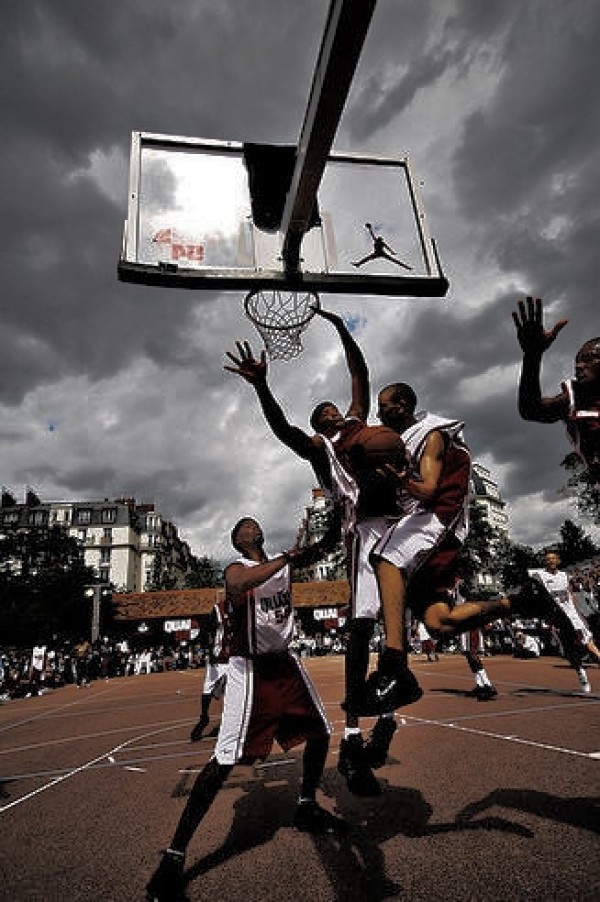
Playing Time: To ensure that all young children participating in the sport have an opportunity to experience the game, equal and fair playing time is recommended for 7-8 year-olds. For 9-11 year-olds, equal playing time is recommended for periods 1-3, while allowing coaches discretion in the fourth and extra periods. Equal and fair playing time is encouraged throughout all segments.
Pressing Defense: Pressing defense is prohibited for 7-8 year-olds to help children develop principles of movement with and without the ball in a half-court setting. For 9-11 year-olds, permitting player-to-player defense to extend full-court in the fourth and extra periods allows players to become accustomed to full-court defense while not having to understand sophisticated zone presses. It also allows for an introduction to competitive tactics.
Set Defense: The player-to-player requirement for 7-8 and 9-11 year-olds encourages physical activity and movement, and promotes the development of individual skill related to guarding a player both on and off the ball.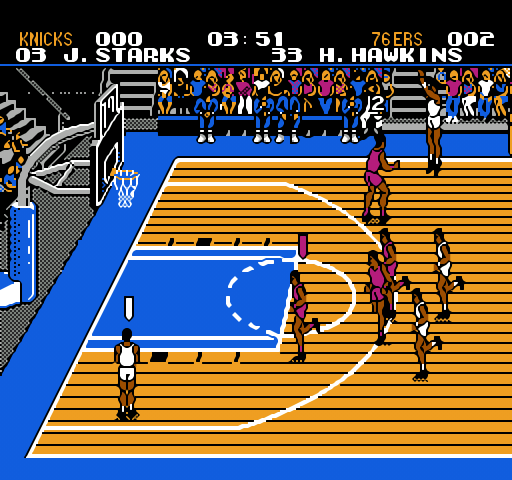
Stealing from the Dribbler: At ages 7-8, players are not allowed to steal the ball from an active dribbler. This allows ball-handlers to develop dribbling skills and confidence with the basketball.
Back to top.
HIGHLIGHTED GAME PLAY RULES
| Playing Segment | Backcourt Timeline | Shot Clock | 5 Seconds Closely Guarded | Clock Stoppage |
| Ages 7-8 | Not applicable | Not applicable | Not applicable | On any dead ball |
| Ages 9-11 | 10 seconds | Not applicable | Only when the offensive player is holding the basketball | On any dead ball |
| Ages 12-14 | 10 seconds | 30 seconds - Full 30 second reset on offensive and defensive rebounds
- Full 30 second reset on any foul
| Only when the offensive player is holding the basketball | - On any dead ball
- After a made field goal in the last 2 minutes of the fourth period and in each extra period
|
| Grades 9-12 | 8 seconds | 24 seconds - 14 second reset for offensive rebound
- Full 24 second reset for fouls committed in the backcourt
- If a foul is committed in the frontcourt and the shot clock is above 14 seconds, there will be no reset and the clock will continue from the time it was stopped
- If a foul is committed in the frontcourt and the shot clock is under 14 seconds, it shall be reset to 14 seconds
| Only when the offensive player is holding the basketball | - On any dead ball
- After a made field goal in the last 2 minutes of the fourth period and in each extra period
|
RATIONALE Backcourt Timeline: Not having a timeline violation for 7-8 year-olds allows coaches to communicate to players before they reach half court.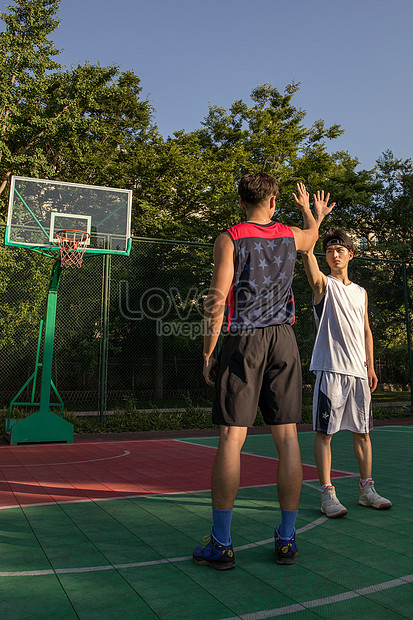 This assists coaches in teaching children, particularly for those first learning the game. The progression to 10 seconds for 9-11 and 12-14 year-olds, and later to eight seconds for Grades 9-12, allows the game to flow while developing skills such as ball-handling, passing and decision-making.
This assists coaches in teaching children, particularly for those first learning the game. The progression to 10 seconds for 9-11 and 12-14 year-olds, and later to eight seconds for Grades 9-12, allows the game to flow while developing skills such as ball-handling, passing and decision-making.
Clock Stoppage: Stopping the clock following a made basket within the last two minutes of the fourth period and any extra periods for 12-14 year-olds and 9th-12th graders allows for additional strategic decision-making. Fewer clock stoppages for 7-8 and 9-11 year-olds allows for a better game flow.
Shot Clock: The 30-second shot clock for 12-14 year-olds, along with the 24-second shot clock for 9th-12th graders, allows for more possessions for each team, better game flow and places decision-making elements in the hands of players.
HIGHLIGHTED GAME PLAY RULES CONTINUED
| Playing Segment | Length of Time for a Free Throw | Number of Players Permitted on Free-Throw Lane | Substitutions | Advancement of Ball after a Timeout |
| Ages 7-8 | 10 seconds | Offense may have 3 players on the lane, including the shooter Defense may have 3 players on the lane | Either team may substitute when the clock is stopped | Not applicable |
| Ages 9-11 | 10 seconds | Offense may have 3 players on the lane, including the shooter Defense may have 3 players on the lane | Either team may substitute when the clock is stopped | Not applicable |
| Ages 12-14 | 8 seconds | Offense may have 3 players on the lane, including the shooter Defense may have 3 players on the lane | - Either team may substitute on any dead ball
- Either team may substitute before the first free throw attempt or after the last free throw if made
- A non-scoring team may substitute after any field goal scored in the last 2 minutes of the fourth period and each extra period.
 If the non-scoring team substitutes, the scoring team may also substitute If the non-scoring team substitutes, the scoring team may also substitute
| In the last 2 minutes of the fourth period and each extra period following a timeout, the ball will be inbounded from the offensive team’s frontcourt opposite the scorer’s table |
| Grades 9-12 | 5 seconds | Offense may have 3 players on the lane, including the shooter Defense may have 3 players on the lane | - Either team may substitute on any dead ball
- Either team may substitute before the first free throw attempt or after the last free throw if made
- A non-scoring team may substitute after any field goal scored in the last 2 minutes of the fourth period and each extra period.
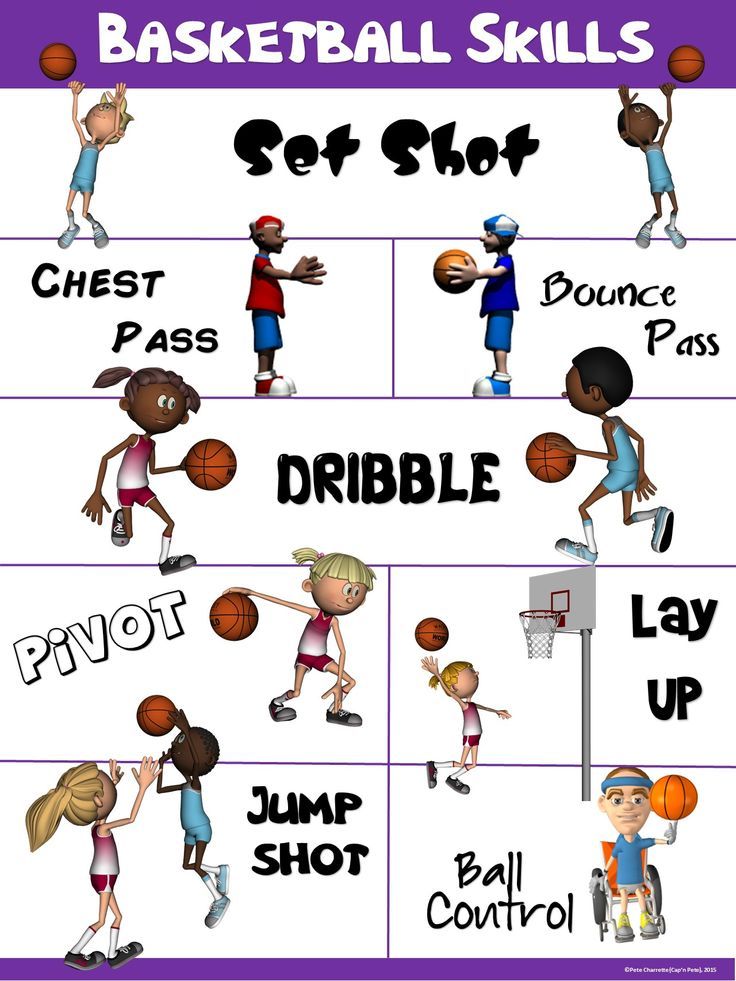 If the non-scoring team substitutes, the scoring team may also substitute If the non-scoring team substitutes, the scoring team may also substitute
| In the last 2 minutes of the fourth period and each extra period following a timeout, the ball will be inbounded from the offensive team’s frontcourt opposite the scorer’s table |
RATIONALE Advancement of the Ball after a Timeout: For 7-8 year olds, the focus is on development over strategy. Therefore, there is no pressing defense at this level, and the ball will not automatically advance after a timeout. Similarly, the ball does not advance after a timeout for 9-11 year olds because the focus remains on development over strategy.
Back to top.
To see the full recommendations by age segment, see the links below.
- Ages 7-8 (PDF document)
- Ages 9-11 (PDF document)
- Ages 12-14 (PDF document)
- Grades 9-12 (PDF document)
Back to top.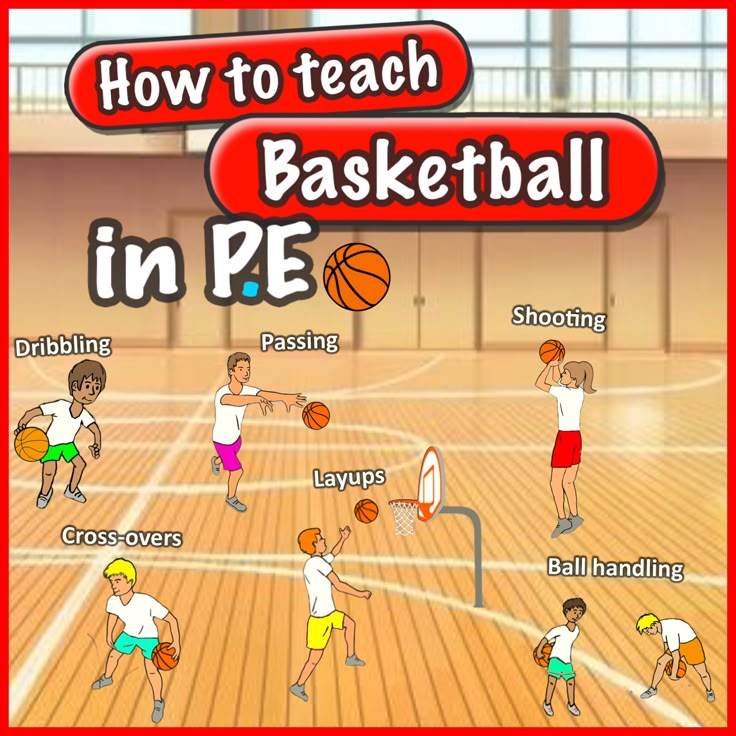
Hockey match time ⇒ Game time → Hockey minutes
Support Ukrainian military people who suffered through the war
Complete information about the duration of a hockey match
Hockey match - beginning
If we talk about hockey, then it can be safely called one of the most spectacular sports. There is especially great interest in it in the countries of North America, in Europe and Russia. Neutral fans know that one hockey game lasts 60 minutes, but how is this time distributed and is there extra time? The International Ice Hockey Federation has developed clear rules that are played all over the world, so let's answer the question - how long does a game of hockey last?
How long is hockey: competition regulations
So, let's see how long hockey lasts? There can be two options here, depending on what is counted - the net time of the match, or how long the whole game lasts.
| Net match time | 60 minutes |
| Breaks | 2 timeouts of 15 minutes, total 30 |
| Overtimes | Four overtimes of 5 minutes each |
Let's take a closer look.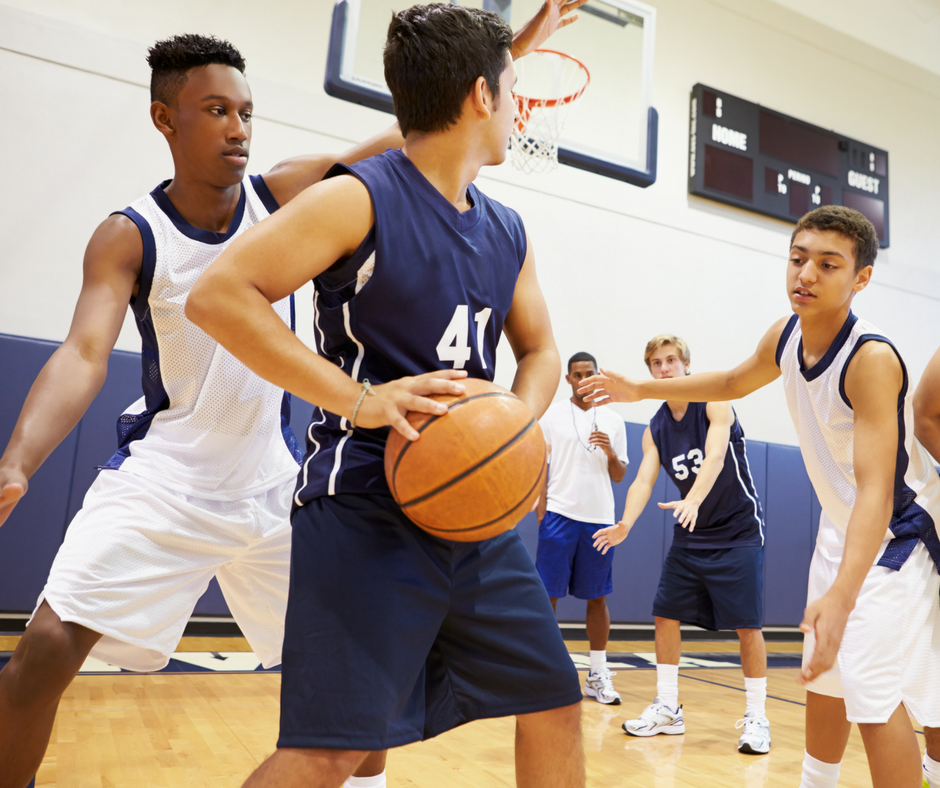 The match is divided into three periods, each lasting twenty minutes - this is the net time of the game. Between periods there are timeouts of 15 minutes used by players to rest and change goals on the field. If a winner is revealed during regular time, the game stops. You also need to take into account the pauses during the meeting itself, in which substitutions and removals of players are carried out. They can extend the period by ten minutes.
The match is divided into three periods, each lasting twenty minutes - this is the net time of the game. Between periods there are timeouts of 15 minutes used by players to rest and change goals on the field. If a winner is revealed during regular time, the game stops. You also need to take into account the pauses during the meeting itself, in which substitutions and removals of players are carried out. They can extend the period by ten minutes.
And how long does a hockey match last if the winner is revealed in regular time? In this case, the game takes from one and a half hours to two hours of time.
Game with overtime
But not always the winner can be determined within regular time. In this case, there may be several options, depending on the rules of the competition:
- If, according to the rules of the tournament, a draw can be recorded in the match, then the game stops.
- In the regular season, if the score is tied, a five-minute overtime is assigned.
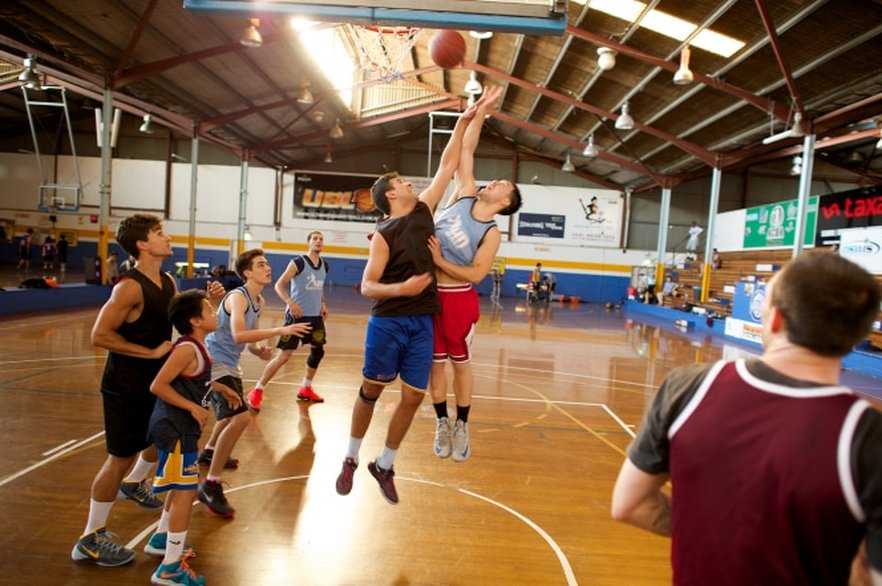 If during this time the teams fail to score, then a shootout is assigned.
If during this time the teams fail to score, then a shootout is assigned. - No shootouts are awarded in the playoffs, but there are four overtimes. If during this time the winner is not determined, then additional overtime may be assigned. Theoretically, there can be as many as you like until one of the teams scores.
Based on this, the game time can be increased from 15 minutes with one overtime. It is difficult to determine the maximum duration of the match, since it is not known how many overtimes there will be.
Hockey - how long the game lasts if a draw is maintained
It has already been said above that a shootout can be assigned - it is this that determines the winner if it was not possible to score in regular and extra time. Shootouts are analogous to the penalty shootout in football. On average, one series of shootouts lasts no more than ten minutes.
As a result, it is not easy to say how long a hockey match lasts, because everything depends on the tournament regulations.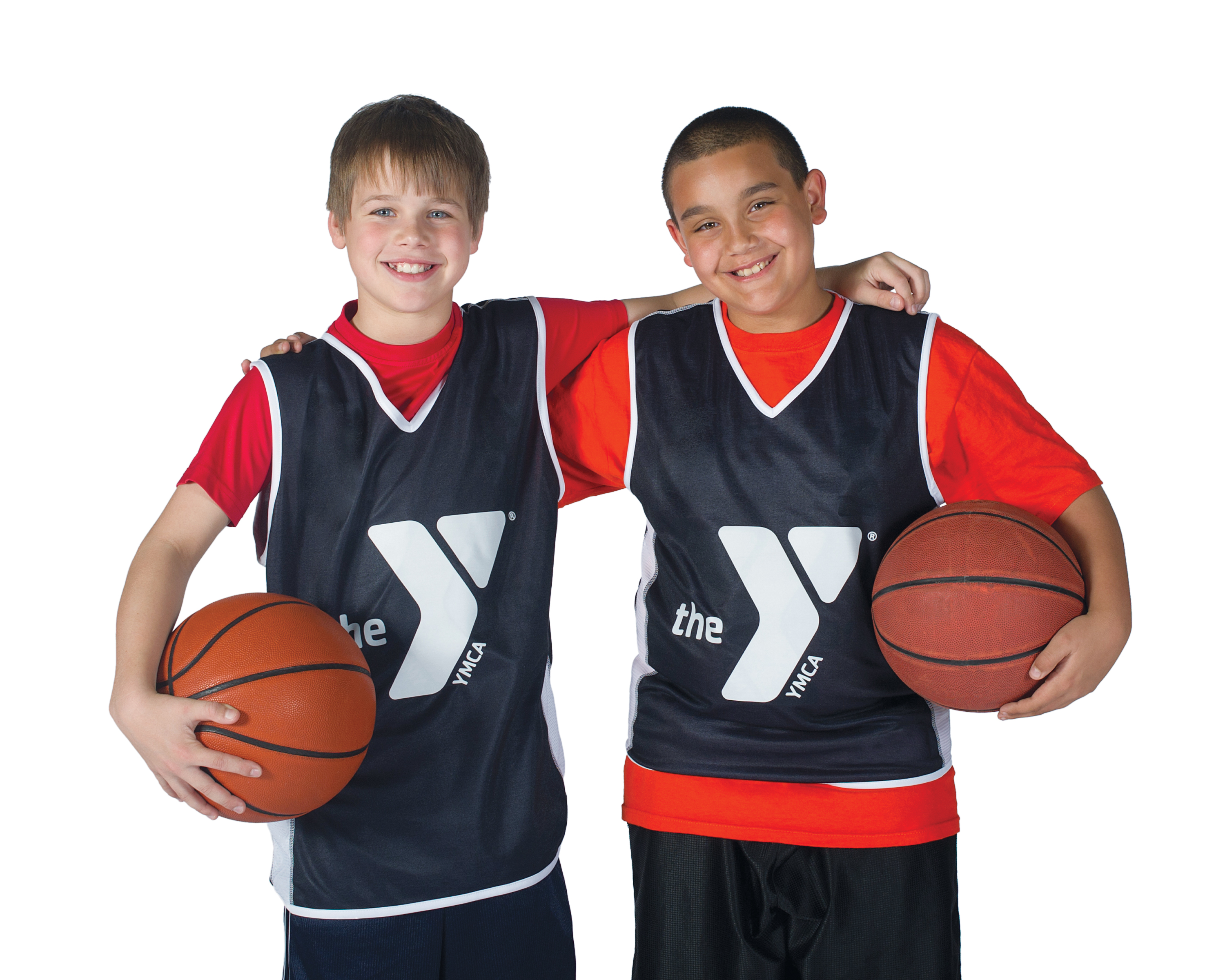 The minimum match lasts an hour and a half, and the maximum can stretch up to three.
The minimum match lasts an hour and a half, and the maximum can stretch up to three.
FAQ
➦➦ How to deal with tournament regulations?
✔️ You can go to our website. Here you can find all the information on all hockey tournaments.
➦➦ Where can I follow the results of the games?
✔️ If you are interested in hockey, then our site is just for you. It contains all the news from this sport, analyzes of matches, forecasts of upcoming meetings, there are tables and statistics.
➦➦ How long is hockey in overtime?
✔️ One extra time is five minutes. If one of the teams shoots the puck during overtime, then the match is stopped, as a winner emerges.
Source Sport.ua
Report a bug
If you find an error, please select a piece of text and press Ctrl+Enter
3v3 Basketball: official rules of the game in brief
3v3 Basketball is a team sport that involves two teams playing against each other.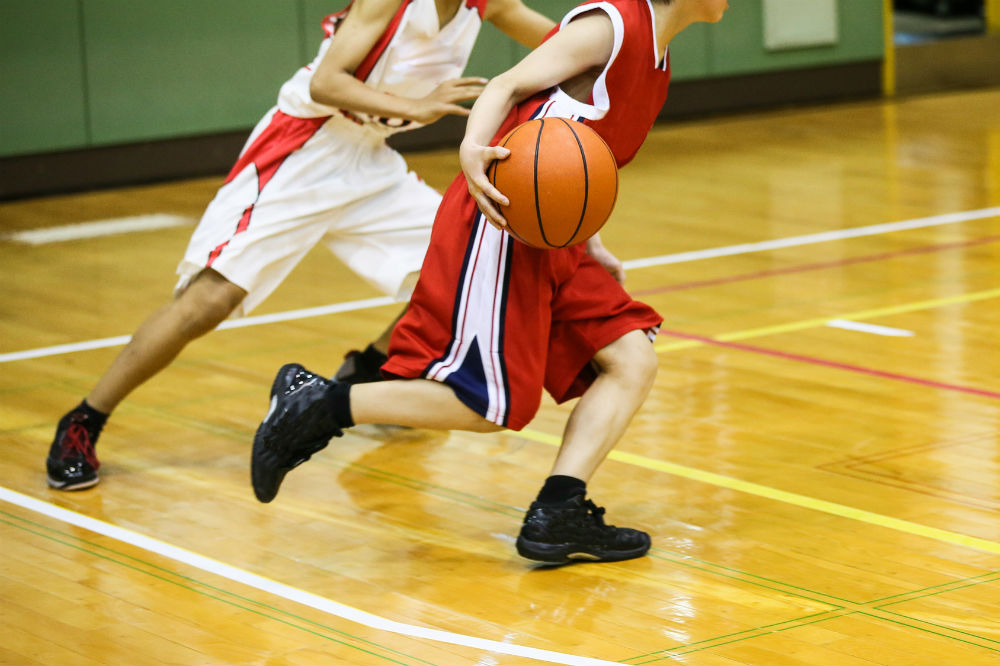 Fights take place on 1/2 of a standard basketball court. A mandatory requirement is the presence of only one basket. A distinctive feature of this discipline is the accessibility and simplicity of its rules. Amateur competitions can be held in parks and gyms. Official tournaments require a more professional approach to organization.
Fights take place on 1/2 of a standard basketball court. A mandatory requirement is the presence of only one basket. A distinctive feature of this discipline is the accessibility and simplicity of its rules. Amateur competitions can be held in parks and gyms. Official tournaments require a more professional approach to organization.
General provision
Matches of this basketball format are played on one of the halves of the basketball court, that is, in a rectangle 14 by 15 m. Opponents must throw the ball into the same basket, so theoretically two fights can take place in parallel on the same classic court.
The field marking for 3x3 is traditional, that is, it has a free throw line of 4.225 m, a semicircle under the ring for fixing collision fouls and a 2-point shot line (line of 6.75 m).
In 3v3 basketball, each team must have 4 players: 3 outfield players and 1 substitute. The coach is not allowed to be in the playing area. Substitutions are allowed at any time without additional permission from referees or other officials. A substitute may enter the court at the moment when his partner has crossed the center line (opposite the front line at the basket). Player contact is optional, but is accepted in 3v3 basketball.
A substitute may enter the court at the moment when his partner has crossed the center line (opposite the front line at the basket). Player contact is optional, but is accepted in 3v3 basketball.
Each team is allowed one 1-minute time-out, but only when the ball is dead, i.e. not in possession of one of the players or in flight. At major international competitions among national teams, according to the regulations, 2 time-outs of 30 seconds are possible for each team. This is done for the sake of television channels, which during the pause show ads of the main sponsors of the tournament.
Basic Rules
Seeding of teams before the start of the tournament and specific matches is performed taking into account the current rating of the participants. The corresponding rating table is maintained by representatives of the International Basketball Federation (FIBA). If the number of points for several teams is the same, then seeding is carried out randomly (by lottery). National federations often maintain their own team rankings when it comes to local tournaments.
National federations often maintain their own team rankings when it comes to local tournaments.
If the competition is held in a round robin system, then an equal number of points scored by several teams is possible. In this case, to determine the final places of the participants, the total number of victories is taken into account first, then the judges take into account the result of the personal meetings of the opponents. If there is a draw in terms of the number of victories and face-to-face matches, then the distribution of places takes place according to the rating.
There is a warm-up before every official match in 3v3 basketball. All declared players of both teams are released onto the court, who warm up on one half of the classic basketball field.
First possession of the match is determined by a coin toss. In this case, the side that won the lot has the right to choose possession of the ball at the initial stage of the game or in the event of overtime.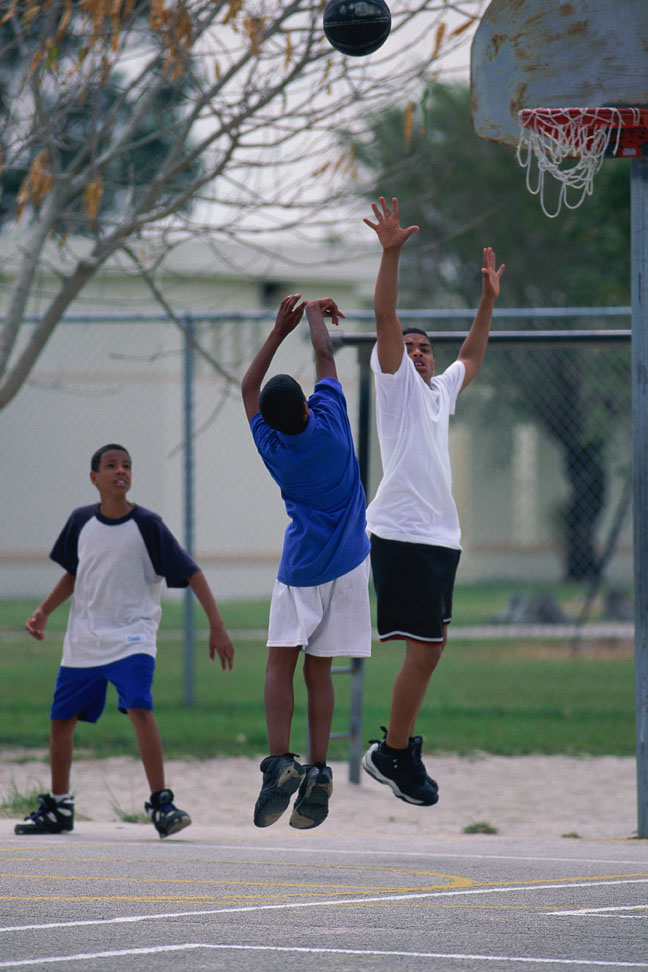 By the time the match starts, each team must have 3 basketball players on the field.
By the time the match starts, each team must have 3 basketball players on the field.
This discipline has one important feature that concerns playing time. The game period in a match can last up to 10 minutes. Playing time stops when the ball is considered dead. After that, the timekeeper again counts the time, and the opponents must complete the exchange of the ball.
The first team to score 21 points or more wins the match. This rule applies if playing time has not been completed. If the period ends in a draw, then overtime is played. Before him, a break of 1 minute is assigned. In overtime, the first team to score 2 points wins.
If at the start of the match or during it, the team for some reason remained in the minority, taking into account the substitute player, that is, there were less than 3 basketball players on the field at the same time, then it is considered a forfeit defeat.
Get new forecasts: Vkontakte and Telegram .
Laws of the ball game
In 3v3 basketball, there is a slightly different scoring system than the classical one in big basketball. For hitting the ball into the basket from inside the arc, one point is awarded. A similar number of points are awarded for throwing a free throw. For hitting the basket from the team's 2-point zone, 2 points are awarded. If a player successfully throws a projectile from outside the 2-point line, then his team is given 3 points.
The game always starts after the ball has been thrown. The player of the team that conceded the ball has the right to restart the game by making a pass or dribbling. For 3v3 basketball, the space behind the arc doesn't matter. After throwing the ball, the team must not interfere with the players in the semi-circle area under the basket, as there is no collision foul.
After the free throw has been taken, the team in possession of the ball may proceed with the tackle. In this case, the team in possession of the ball must take it out of the arc.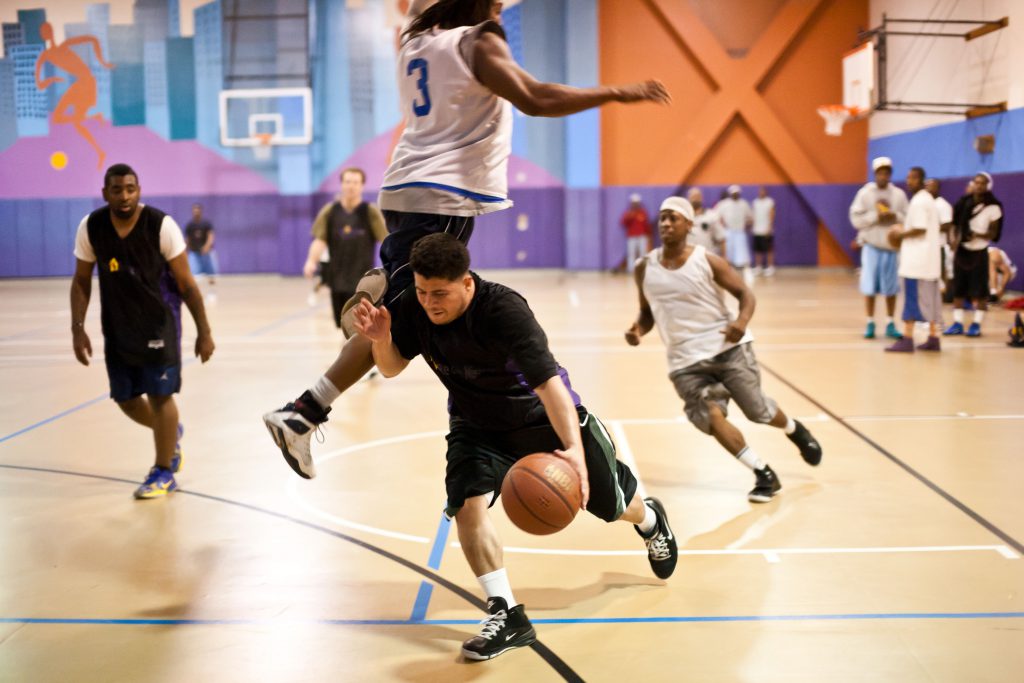 This procedure must be done after each selection of the ball, that is, when changing the side of possession.
This procedure must be done after each selection of the ball, that is, when changing the side of possession.
If the ball is declared dead, the referee orders play to be restarted with a check. This involves the exchange of the ball by the players of the defending side. The drawing must be performed at the top point of the arc. In this case, the point guard must not come into contact with the arc with his feet or other part of the body, and also be within the restricted area. In controversial situations, the ball is given to the defender.
In 3v3 basketball there is such a thing as a "passive attack". FIBA rules it qualifies as a violation. Each team is given 12 seconds to carry out an attack, which must end with a throw on the ring. If during this time no such actions were committed, then a violation with the transfer of the ball to the opponent is recorded. The counter is always located under the ring so that players can look at it at any time.
Violations and penalties
A 3v3 basketball game is traditionally served by 1 or 2 referees, as well as secretaries and timekeepers.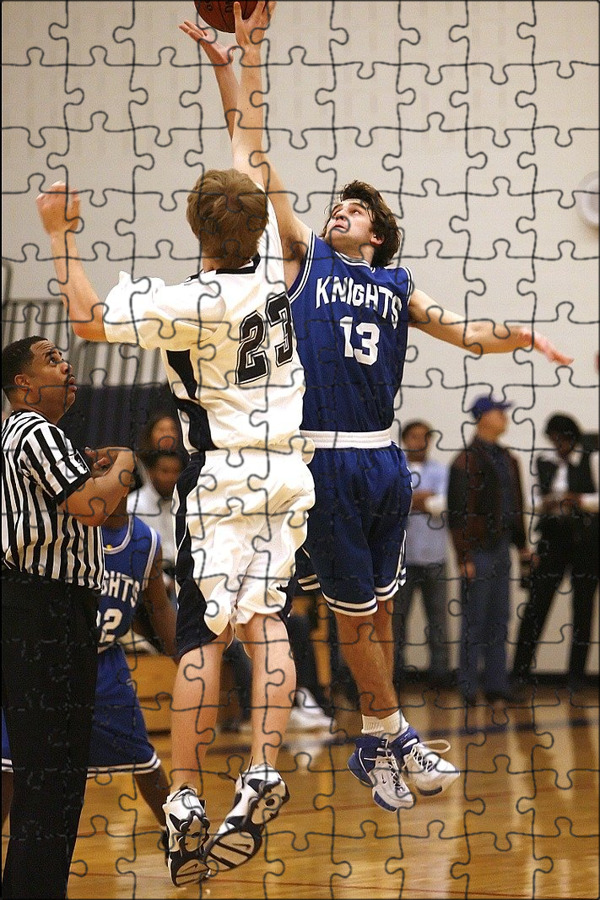 If a team has committed 6 fouls, then it is in the "team penalty fouls" position. In this case, for each foul a free throw is awarded to the opponent, which is taken from the center of the arc. If the foul was committed outside the arc, the referee awards 2 free throws. There are no individual fouls in 3v3 basketball.
If a team has committed 6 fouls, then it is in the "team penalty fouls" position. In this case, for each foul a free throw is awarded to the opponent, which is taken from the center of the arc. If the foul was committed outside the arc, the referee awards 2 free throws. There are no individual fouls in 3v3 basketball.
For the seventh team foul and each subsequent foul, 2 free throws are awarded. An important difference is that after free throws, the team reserves the right to hold the ball (without the need to bring it out of the arc).
Technical fouls are punished with only one free throw, and for unsportsmanlike conduct the referee may award 2 free throws.
For double fixation of an unsportsmanlike foul, as well as for verbal aggression or physical rudeness, the referee has the right to disqualify the offender, leaving the team with virtually no substitutes, that is, with 3 field players. A disqualified basketball player must leave the playing and technical areas.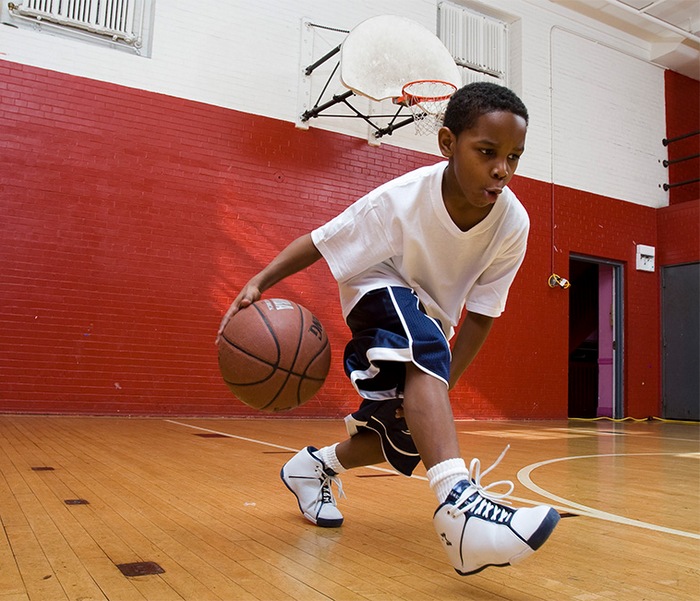 Similar sanctions may apply to substitute players and coaches.
Similar sanctions may apply to substitute players and coaches.
The team may appeal the referee's decision before the end of the match. If, in the opinion of the representatives of the team, its rights were not respected, then the captain has the opportunity to make comments in the protocol by putting his signature opposite. It is allowed to do this before the chief judge signs the relevant document. Within half an hour after the end of the match, the team must explain their claims in writing. If the protest is accepted, the judges resort to watching the video of the episode.
The history of the appearance of the game
Physical education teacher James Naismith is considered the father of basketball. In 1891, in one of his classes, he hung peach baskets on the railing of the balcony of the gym and told the students to divide into 2 teams. The students had to take turns throwing the balls into their basket. The team that scored the most goals won. This idea was so popular with students and other educators, if the game was quickly adopted by other colleges and universities in the United States.